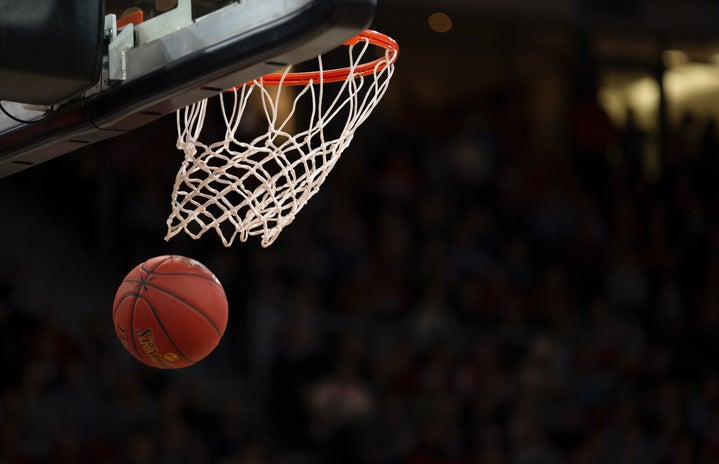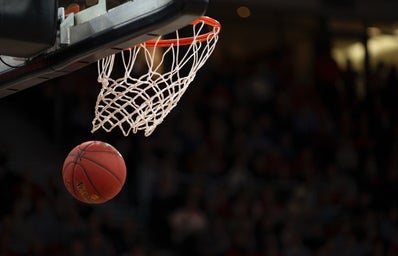The conclusion of March Madness on April 8th presented a phenomenal achievement in women’s history– for the first time, the women’s NCAA final had a higher viewership than the men’s, racking in a record-breaking average of 18.9 million viewers in contrast to the men’s 14.8 average.
The NCAA final was the most-watched women’s college basketball game in history and the second most-watched non-Olympic women’s sporting event in US television history. The women’s Final Four games averaged 13.8 million viewers and increased by 114% since the year prior. In context, the 2023 NBA finals only averaged 5.47 million viewers, the highest in the past five years.
So, why this sudden change in viewership? Well, it could be attributed to the new NCAA rules allowing collegiate athletes to receive NIL deals. NIL, short for name, image, and likeness, allows athletes who were previously barred by NCAA rules from receiving any money for collegiate sports except scholarship funds to receive payment for brand endorsements. This has been a highly contentious issue in recent NCAA history as many universities, coaches, and fans were against athletes being paid for endorsements because they believed it could result in unfair recruitment tactics.
Another theory that was circulating was that allowing athletes to sign NIL deals would hurt viewership as fans would be less interested in non-amateur athletes. However, this theory seems to have been disproven in the seasons following the new regulation as viewership for multiple NCAA sports has seen a significant increase. Even the College Football Playoff, which was already popular, saw a 12% increase in viewership in 2023.
The increased usage of social media is likely one of the main reasons that NIL affiliations have helped NCAA viewership. Collegiate athletes are now able to utilize their social media platforms in more diverse ways with fewer restrictions on the types of content they post. The possibility of receiving payments for social media posts is a significant incentive for many of these athletes to engage more with these platforms. There is a newfound allure for athletes to be popular with fans because this will attract monetary opportunities. NIL deals use athletes’ likenesses on social media as traditional media sources like physical and television advertisements, allowing them to entice even larger audiences.
Social media success has also helped to promote women’s sports. Of the current ten most followed NCAA Basketball players, six are women. Players like LSU’s Angel Reese and Flau’jae Johnson skyrocketed in popularity during the 2023 March Madness tournament because of their media presence during their victory run.
By far the biggest name this basketball season has been Caitlin Clark. A study conducted by Seton Hall found that 47% of the general adult population was able to identify her, and four times as many people recognized her compared to the most identified male player. This increased recognition is with good reason – Clark has had a record-breaking season. This year Clark became the NCAA D1 All-Time Leading Scorer for all collegiate basketball, not just women’s.
The future of women’s basketball and sports in general is looking bright with the recent popularity of female athletes. In 2023 the WNBA had its most-watched regular season in 21 years, illustrating an already evident increase in the popularity of the sport. With Clark projected to go first in the upcoming WNBA draft, her viewership enticement will follow her into the league. In her final year at Iowa, the team sold out all of their home games and 11 away games. Since she is expected to be drafted to the Indiana Fever, her home state’s team, opponents have already begun to move games against the Fever into larger venues.
This season many of the most popular players in women’s college basketball have declared for the WNBA draft, including Clark, Reese, Stanford’s Cameron Brink, and UConn’s Alliyah Edwards. Ideally, this influx of star power will mark a change in WNBA’s viewership that will alter the trajectory of the league. An increase in rating will help solidify the importance of women’s sports and put an end to the arguments that weaponize viewership as a justification for the unequal earnings and treatment of professional female athletes.


